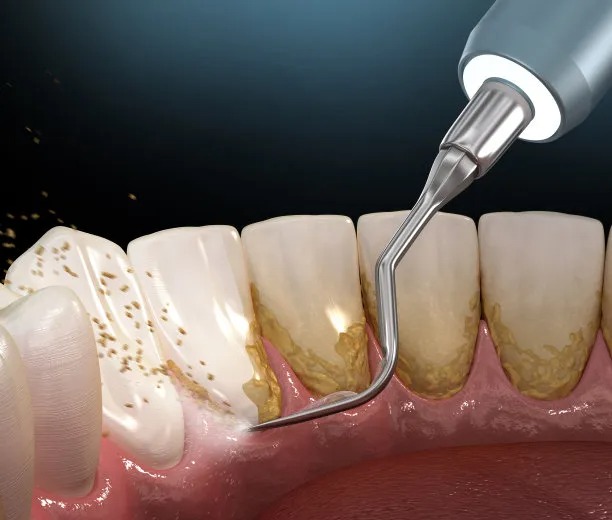Essential Precautions and Guidelines to Ensure Safe and Effective Root Canal Treatment for Optimal Oral Health
Summary: Root canal treatment is a common dental procedure essential for saving infected or damaged teeth and ensuring optimal oral health. This article outlines essential precautions and guidelines that dental professionals must adhere to for safe and effective treatment. By focusing on patient assessment, sterile techniques, adequate anesthesia, and follow-up care, we can ensure that the procedure is performed with maximum efficacy and minimal discomfort. Understanding these aspects not only enhances the success rate of the treatment but also significantly contributes to the overall health and well-being of patients.
1. Comprehensive Patient Assessment Procedures

Before administering a root canal treatment, a thorough assessment of the patient’s dental and medical history is crucial. Dentists must gather information about past dental procedures, allergies, and any ongoing medications. Understanding the patients medical condition can help identify risks that might complicate the treatment.
Utilizing advanced diagnostic tools such as X-rays or CBCT (Cone Beam Computed Tomography) scans is essential for visualizing the tooths anatomy and detecting any underlying issues. This also allows the dentist to evaluate the extent of infection or damage and plan an appropriate treatment strategy.
Additionally, effective communication with the patient is key. Upon explaining the procedure clearly, the patient will not only feel more at ease but also be more likely to adhere to post-treatment recommendations. Ensuring that the patient is informed about the importance of the procedure paves the way for successful treatment outcomes.
2. Adhering to Sterile Techniques
Maintaining a sterile environment during root canal treatment is paramount to preventing post-operative infections. Dental professionals must adhere to strict infection control protocols, including the use of sterile instruments, proper disposal of materials, and wearing appropriate protective gear such as gloves, masks, and glasses.
It is equally important to ensure that the dental operatory is disinfected before and after each procedure. This involves using hospital-grade disinfectants on surfaces and tools. Not only does this practice safeguard the patient’s health, but it also protects the dental team from potential exposure to contaminants.
Furthermore, the sterilization of endodontic files and equipment is critical. Utilizing autoclaving and proper storage methods ensures that all instruments remain free from microorganisms, reducing the risk of complications following the treatment. Ensuring a clean working environment greatly enhances the safety of the entire procedure.
3. Effective Anesthesia Management
The administration of adequate anesthesia is essential for ensuring patient comfort during root canal treatment. Dentists should assess the appropriate type and dosage of anesthesia based on the patients health and pain tolerance. Local anesthetics are commonly used, but in cases of heightened anxiety, sedation options may also be considered.
Monitoring the patients response to anesthesia throughout the procedure is vital. The dental professional should assess the effectiveness of the anesthesia and be prepared to intervene if the patient experiences any discomfort. If needed, additional anesthesia may be administered to ensure a pain-free experience.
Proper aftercare and instructions regarding pain management are also crucial once the procedure is complete. Patients should be informed about potential discomfort post-treatment and guided on using over-the-counter pain relief medications safely. Ensuring that the patient knows what to expect helps to minimize anxiety and improve their overall experience.
4. Importance of Follow-Up Care
After a root canal treatment, follow-up care is vital for monitoring the healing process and identifying any complications. Patients should be scheduled for a follow-up appointment to assess the success of the treatment and ensure that their symptoms are resolving as expected.
During the follow-up visit, dentists should review the patient’s recovery and address any concerns that may arise. This is also the time to evaluate whether the tooth requires further restoration, such as a crown, to restore its functionality and protect it from future damage.
Patient education on aftercare is also crucial. Instructions on oral hygiene practices and dietary restrictions should be clearly communicated to support recovery. Additionally, encouraging patients to report any unusual symptoms such as prolonged pain or swelling can facilitate early intervention if complications occur.
Summary:
In conclusion, adhering to essential precautions and guidelines for root canal treatment is crucial for ensuring both the safety and effectiveness of the procedure. By focusing on comprehensive patient assessments, sterile work environments, effective anesthesia management, and thorough follow-up care, dental professionals can significantly enhance treatment outcomes. These precautions not only improve the patient experience but also contribute to optimal oral health, ensuring that teeth can function properly for years to come.
This article is compiled by Vickong Dental and the content is for reference only.



